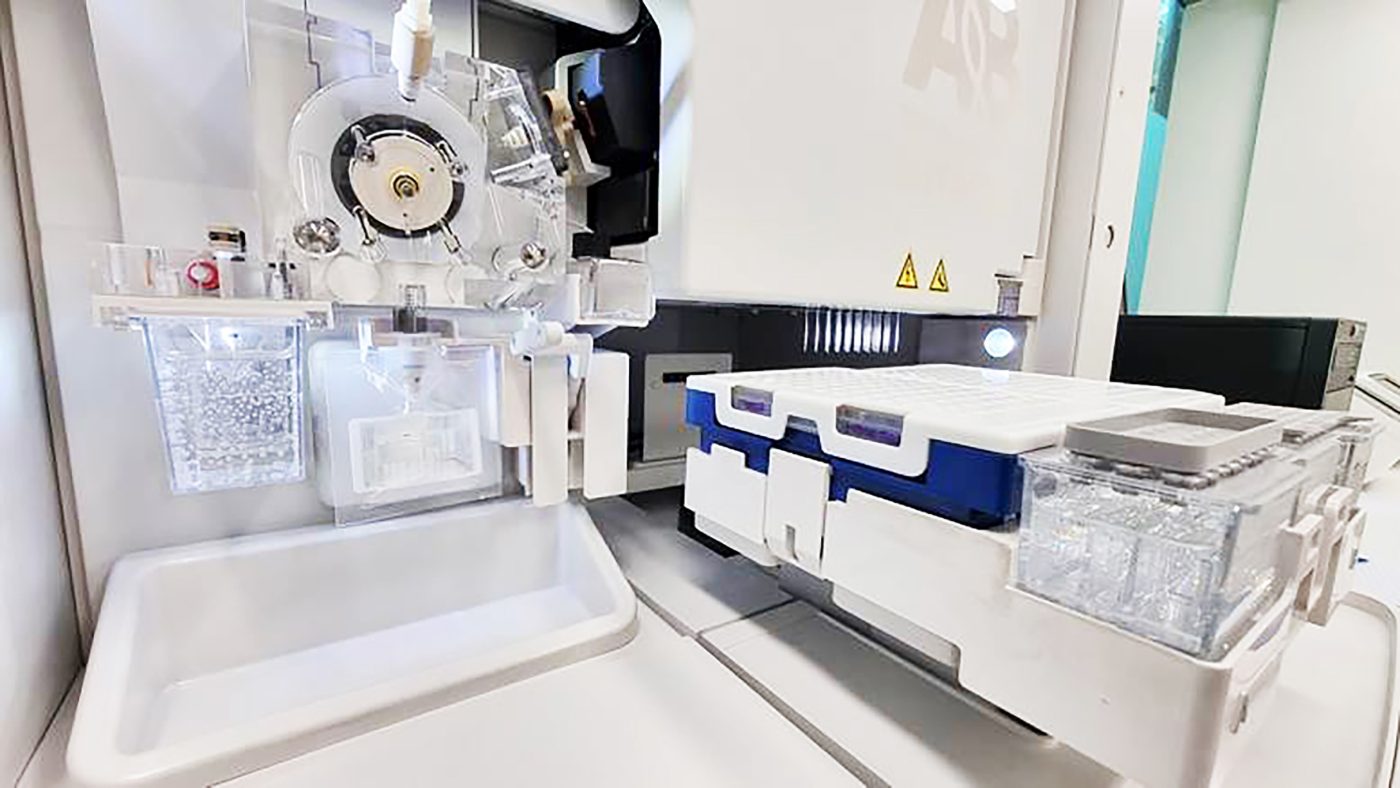PathWest Forensic Biology becomes the first NATA accredited laboratory in Australia for new forensic standard.

The forensic community is changing. Up until recently, forensic laboratories would be accredited against ISO/IEC 17025 with many in Australia opting for AS 5388 1-4 as well.
Now with the first parts of ISO 21043 available, laboratories are opting to seek accreditation to the international standard. “It contains requirements which are designed for forensic labs, including chain of custody for samples” explains Anna Heavey, Manager – Quality, Safety, Training & Risk at PathWest Forensic Biology.
As the facility responsible for all forensic biology testing in Western Australia, Ms Heavey outlined how she and the whole team take the quality assurance of their work very seriously.
“We serve the community and the justice system, so we wanted to make sure that we’re always providing the highest quality of service. And so, when ISO 21043-2 became available, even though it’s only the first section of the new standard, we immediately looked at it and decided that we wanted to add it to our scope of accreditation to add confidence that our quality management system is operating at the most relevant accreditation standard that we could have.”
The new ISO 21043-2 is the second part of the Standard with three more coming later in the year or early next. It is expected that once it has been fully released, the Australia Standard AS 5388 1-4 will be withdrawn – especially as it provided the foundations for the latest international one.
Heavey continued: “My laboratory’s discipline is forensic biology, but this standard has been designed to encompass the full range of forensic services which goes right from the examination of a crime scene through to analysis, interpretation and reporting, which could include informing investigations or information presented in a court environment.
“So, where each forensic agency or each forensic provider will sit in terms of the services being offered under this standard will vary. Being an international standard it takes into account that those services could be being performed at a crime scene out in the middle of the outback in Australia, on a mountain somewhere in Switzerland or it could be within a laboratory.”
Lead assessor for the assessment, Katie Vines said that facilities currently accredited to AS 5388 1-4, will need to apply to be assessed against ISO 21043 after it’s fully been released. She understands that having specific standards and requirements for fields such as forensic science, which are so unique and diverse, is critical to our national forensic community and the communities we serve.
Heavey concluded by adding that when it comes to quality and forensic science, the community of forensic science providers in Australia is incredibly collaborative:
“As soon as we knew that our intent was to go for this standard, we shared that with the rest of the Australian community. And we’ve kept them informed the whole way through the process because we know that there are others that are interested in this. As the standard continues to be released and published, that collaboration will continue.”

